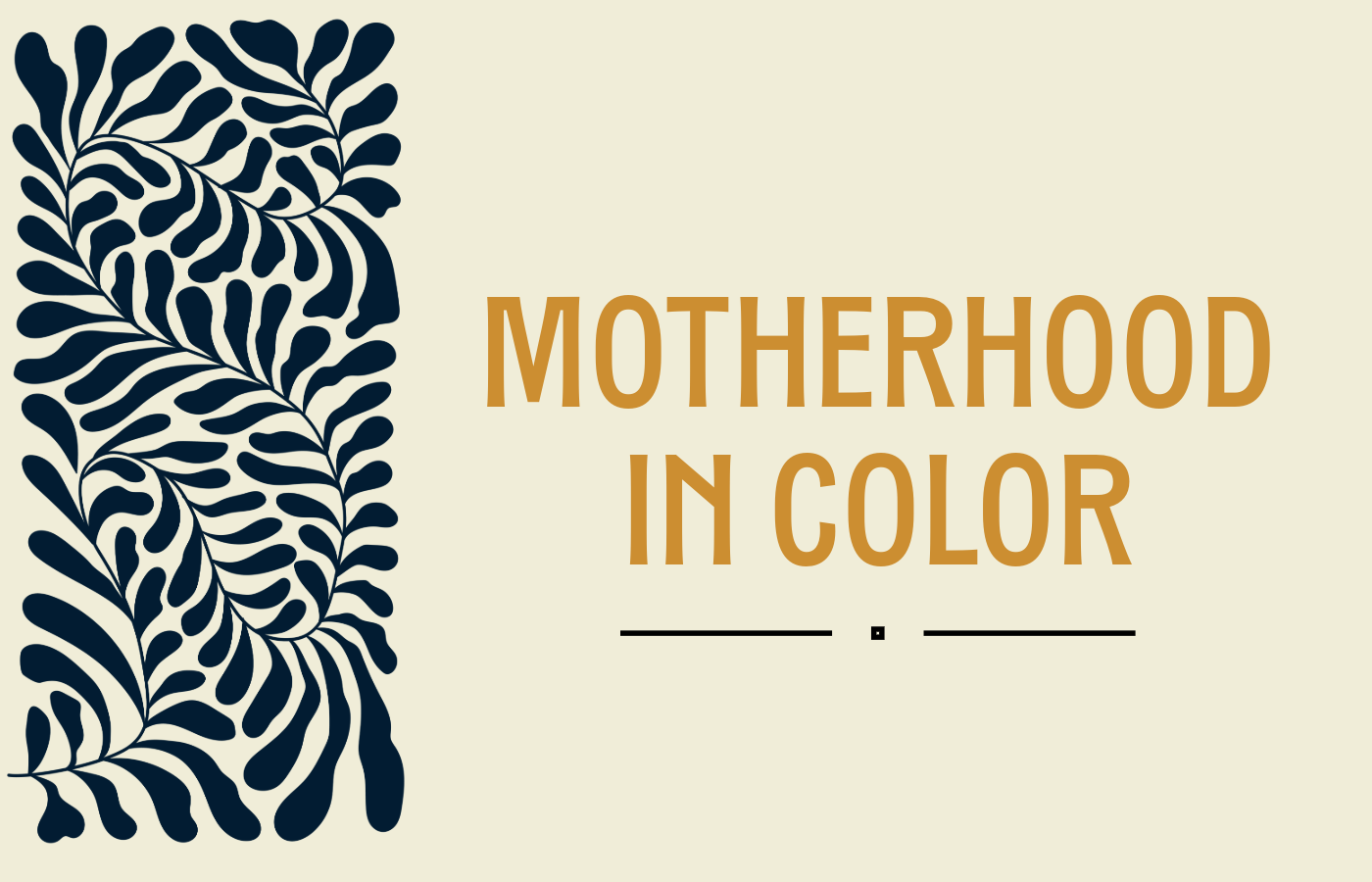Motherhood in color
Motherhood, Mental Health, and Mother's Day
I didn’t consciously select a brown photographic medium for my maternity photoshoot. In reality, I was draped in a blue and white striped dress and standing in an industrial loft of Cream City brick. But the monochromatic tintype captured my state of mind far better than a gauzy, happy photo session.
By the time I reached 18, I had already clocked over 10 years of childcare. On paper, I was well-qualified to become a mother. The reality was less tidy.
When my husband and I married, I had just finished another four-year stint of living in my parents’ home and we agreed that I needed a substantial break before raising any children of our own. I was terrified that my trauma would negatively impact a baby, so I started therapy several years before we started trying to conceive. Despite all my preparations, choosing to have a child was one of the most difficult decisions I’ve made.
I rejected the idea of a typical maternity photoshoot for something that felt more appropriate for an archivist. On a June day, I booked an appointment for a tintype. The tintype, primarily popular in the 1880s and resurrected as a novelty in the 2000s, is a photograph made on a piece of lacquered metal. Developing the photograph requires a wet-plate collodion process, which can introduce chemical lines and fingerprints from the photographer. Tintypes are temperamental; if you don’t stand perfectly still for the photograph, you end up with a blurry image.
The resulting image shows me seven months pregnant, staring into the camera with overwhelmed eyes. My mother appeared to sail through nine pregnancies with ease—never nauseous, never doubled over in agony. My pregnancy was the opposite of easy. I suffered from constant pain and nausea, and by the time the tintype was taken, I was feeling the debilitating prenatal depression that would plague my last months.
It was pregnancy that finally pushed me into medication for my lifelong anxiety and depression. It was like a fog had lifted. Is this how normal people felt? Is this what it was like to be free of intrusive thoughts and insomnia and the dark brown dread that hung over my head even on sunny days?
I’ve written about how trauma impacts memory. In my case, those traumatic memories often show up as colors and sounds rather than a series of events. The hardest three years of my life—1993-1996—are marked in my memory with hues of brown. While I recall picking blue mold off our bread and masking the horrific flavor of mushy canned peas with yellow mustard, I mostly remember the hand-me-down horsehair furniture and carpeting in the Gordon-Conwell campus apartment as a shabby, unrelenting brown.
My labor came as a relief. As a child, I dreaded the excruciating pain that accompanied labor, but it turns out that epidurals are magic. My mother was remarkably normal in her choice to give birth at a hospital, but she refused to interfere with the birthing process in any other way. Induction? That just makes your labor pain worse. Epidurals? Why would you do that? It helped, of course, that her longest labor was with her 9th child, and it was only 6 hours. None of this 24-hour labor nonsense for my efficient mother.
I had an induction and an epidural, and thus my labor was the easiest part of my pregnancy. My brown-eyed son arrived on a rainy August day and started filling my life with color.
Mother’s Day is often flattened into a “take your mom to brunch” narrative. Some companies offer opt-out settings for Mother’s Day emails, but those are generally meant for mothers who have lost children. I haven’t seen any opt-out emails for “my mom was an abusive mother and I have complicated feelings about being a mom on Mother’s Day” sorts of folks.
If Mother’s Day isn’t exactly flowers and sunshine for you, you’re not the only one. Sometimes we grieve the absence of someone we love. Sometimes we lament someone who was physically present but couldn’t offer the love that we needed.
Resist the urge to tie things up with a tidy bow. Today, you’re enough—you don’t owe anyone a pretty package.



Beautiful. You’ve taken your experiences and your pain, and you’ve chosen a different path, filled with new hues. And oh, that brown-eyed baby indeed… the strength, creativity, and protection you’ve lived out in your motherhood is monumental.
Beautiful, Abbi. Thanks for your words.